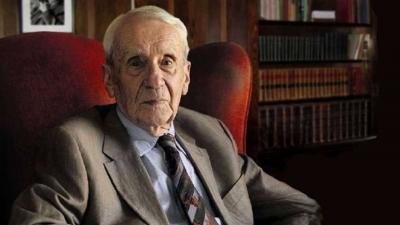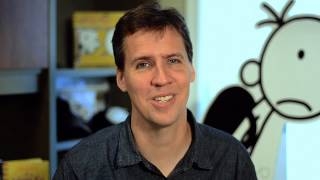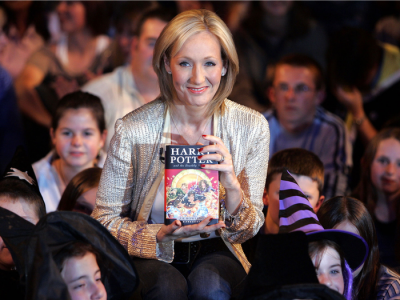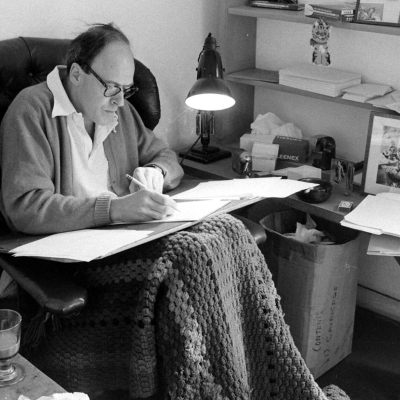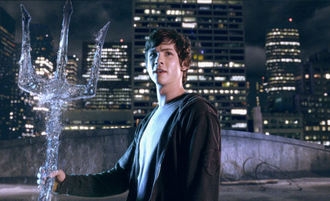Which mystery writer came up with story ideas sitting in a bathtub?
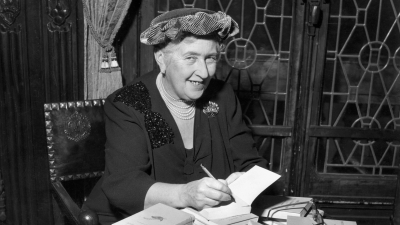
Agatha Christie created her plots in a large Victorian bathtub whilst munching on apples. Before renovating her house her architect was told, “I want a big bath, and I need a ledge because I like to eat apples.”
In 1926, Christie released The Murder of Roger Ackroyd, a hit which was later marked as a genre classic and one of the author's all-time favorites. She dealt with tumult that same year, however, as her mother died and her husband revealed that he was in a relationship with another woman. Traumatized by the revelation, Christie disappeared only to be discovered by authorities several days later at a Harrogate hotel, registered under the name of her husband's mistress.
Christie would recover, with her and Archibald divorcing in 1928. In 1930, she married archaeology professor Max Mallowan, with whom she traveled on several expeditions, later recounting her trips in the 1946 memoir Come, Tell Me How You Live. The year of her new nuptials also saw the release of Murder at the Vicarage, which became another classic and introduced readers to Miss Jane Marple, an enquiring village lady.
Picture Credit : Google
